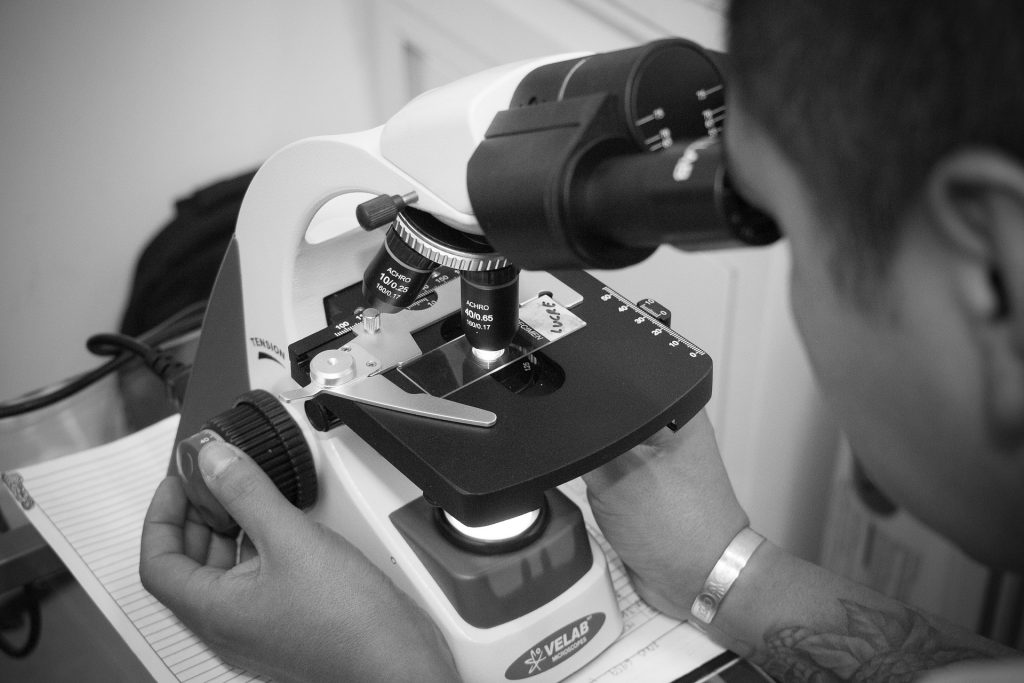When testing for mold a home inspector will usually perform a visual inspection and surface sampling, however, along with those tests, air samples can be taken to diagnose other sources of mold that are yet to be detected. How does this work?

It is not possible to see mold spores with the naked eye, so an air sample is taken and sent to a laboratory to be examined. The results of this show whether there is mold present in the home or not, they also reveal the kind of mold and the severity of the problem. Air samples are taken in parts of the home where mold is already visible, areas where there is water damage or moisture intrusion and places where the air smells musty which can indicate mold growth.
Doors and windows should be closed while air sampling is being done and indoor-outdoor air exchangers should be turned off so that accurate samples are taken. Other elements such as the weather can also affect the results of air samples so it’s not a good idea to take them when there are extremely high winds or severe thunderstorms etc. Air pressure changes can vary mold spore levels as well which can change the levels found in the home, so this is something to be aware of. To be certain mold has been completely removed, air samples are generally taken before and after mold remediation.
To review then, air sampling, when used in conjunction with other tests for mold, is a good way to determine mold levels in the home.
